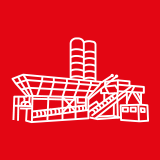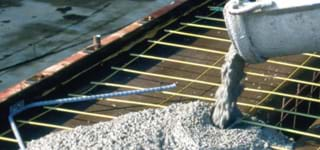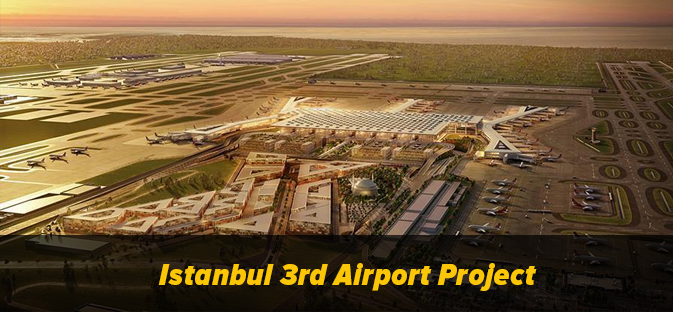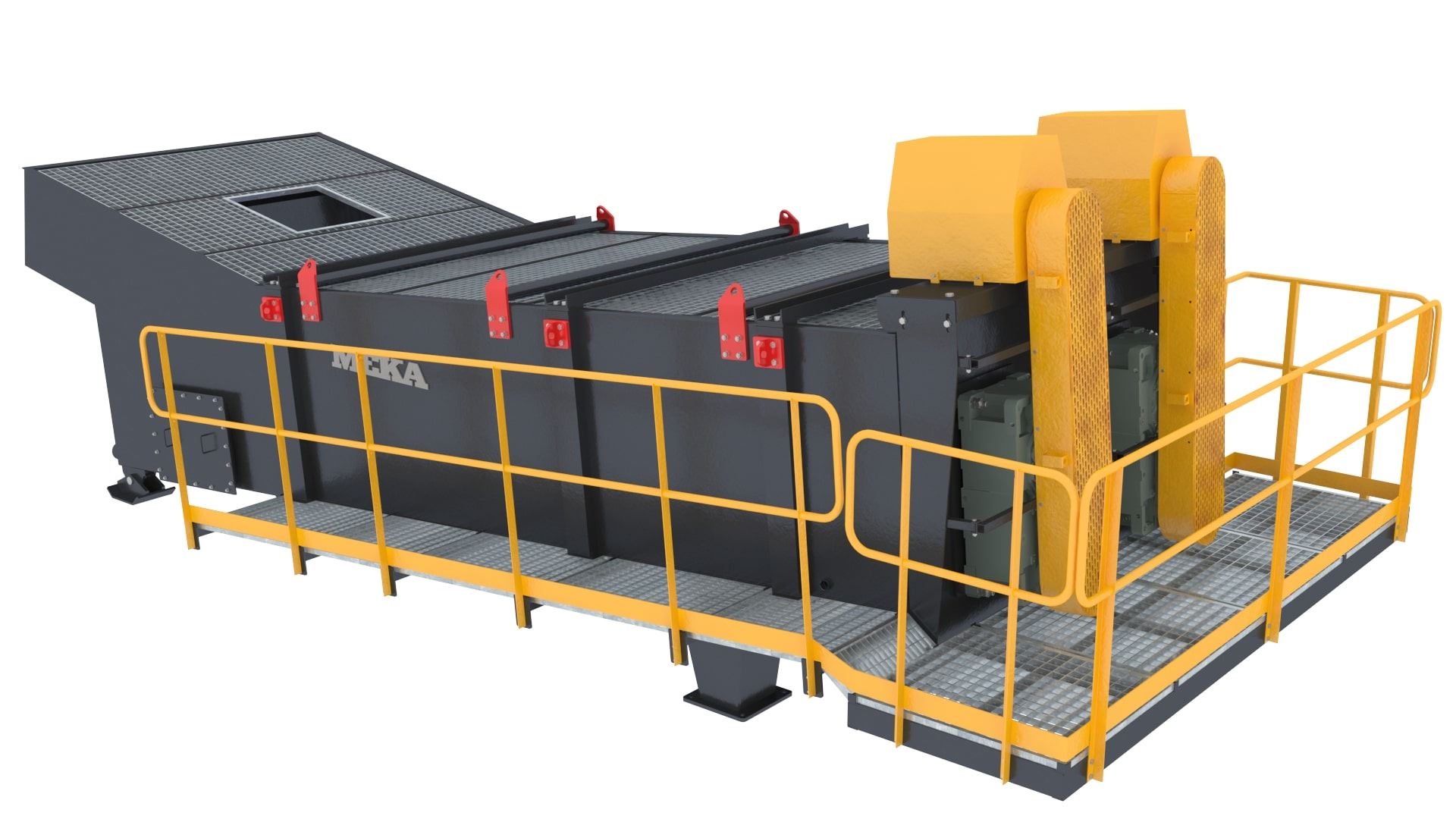Is Concrete The Most Sustainable Option For Construction
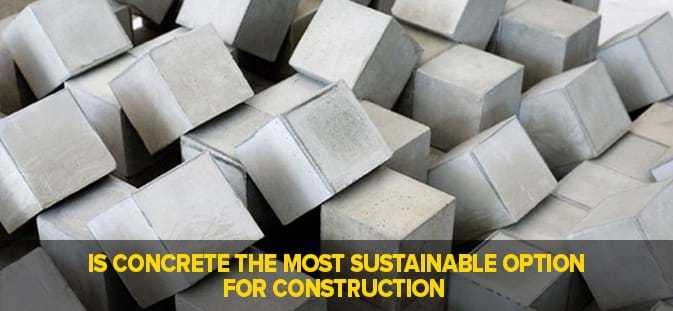
When the World Commission on Environment and Development (WCED) published a report entitled “Our common future” in 1987, it was suspected that natural resources could be consumed at a rate that could not meet the needs of human life and that economic growth and social development could slow down or even stop because of the adverse effects of human-induced factors on climatic and ecosystems. Today governments, the business community, non-governmental organizations and stakeholders agree that the natural resources are limited and that as a result, the ecosystem and human life in the world are at risk. The common denominator in the proposed measures and solutions for the way out of this dark scenario is sustainable development.
Sustainability should be taken into consideration in materials used in the construction sector, especially materials used in production which is the most widely used material in the world, after air and water. The cement industry is in the 3rd place in the formation of human CO2 emissions but it does not indicate that the cement is an environmentally bad material. The main reason behind it is the fact that is being used widely in large volumes in the construction of the upper and lower building structures, all over the world. is actually among the eco-friendly building materials. In general, its composition consists of approximately 1 unit of cement, 0.5 unit of water and 5-6 unit of fine and coarse aggregates. The cement and industries can make substantial contributions to sustainable development by creating and adopting technologies that can reduce the emissions of greenhouse gases
The environmental issues associated with CO2 will play a leading role in the sustainable development of the cement and industry during this century. As limestone becomes a limited resource, employment and construction associated with the industry will decline. Therefore, those involved in these industries must develop new techniques for manufacturing with minimal use of limestone. production is not only a valuable source of societal development but also a significant source of employment.
For over 200 years, has been accepted for its long-lasting and dependable nature. In addition to durability and dependability, also has superior energy performance, is flexible in design, affordable, and is relatively environmentally friendly. It can be expected that will be needed to both increase industrialization and urbanization while protecting the environment. To do this, the industry should consider recycling industrial by-products, such as fly ash, safely and economically. When industrial by-products replace cement in in some cases even up to 70%, the environmental impact improves along with the energy efficiency and durability of
Sustainable mix designs must be used as an alternative and better approach to traditional mix designs. The impacts of every design choice on the natural and cultural resources of the local, regional, and global environment must be recognized in the new mix design approaches developed and utilized by the cement and industries.
Has been used as an environmentally friendly building material long before the understanding of sustainable construction took place. Offering the attributes of durability, low maintenance, local availability, high strength and no impact on indoor air quality, can be used for every type of end-use facility. Site-cast tilt-up offers not only these attributes, but many more that make it an optimal solution for sustainable construction. In addition to the natural beauty of the tilt-up construction offers the versatility to reduce environmental impact by offering smaller footprints and stacked structures, resolving urban infill and reducing the required site area for construction.
Durability is the key to sustainability. If useful life of a structure can be prolonged by using it becomes essential in terms of sustainability. On the other hand, the fact that the natural structure of becomes important for other related building applications, leads to an increase in energy efficiency.
Sustainable structures can cost less to build, use less energy, cost less to maintain over time, use fewer building materials, be healthier to live in, and emit less greenhouse gas into the atmosphere. Sustainable structures can reduce short-term and long-term costs and are good for the planet and social environment. Development in technology will continue to improve the industry's ability to respond.
Vural MERCAN
Civil Engineer

